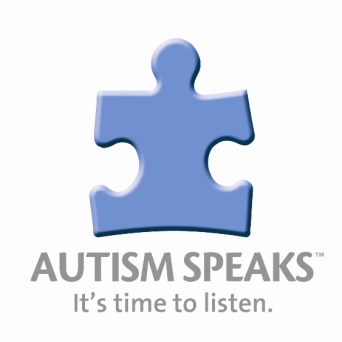Autism is ‘apervasive developmental disorder characterized by severe deficits in social interaction and communication, by an extremely limited range of activities and interests, and often by the presence of repetitive, stereotyped behaviors’.

In April of 2012, the CDC released new statistical data which placed the prevalence of autism in the U.S. at approximately 1 in every 88 children. This statistic shows that the number of reported cases of autism has increased dramatically over the past several decades. Evidently it can be seen that autism is a pressing issue of public health.
Although autism is not rare, many South Asians have not been adequately diagnosed with this disorder. Consequently, a large proportion of South Asians are not receiving the medical services necessary to cope with autism.
It is essential to create a pathway for policy makers and health professionals to: (a) develop a better understanding of the unique health needs of South Asians diagnosed with autism [based on their specific socio-demographic and background variables]; (b) identify existing access to care barriers; and (c) formulate and implement community support service programs to reduce access barriers, thereby increasing access to/utilization of quality medical care and services.
 Autism awareness needs to be generated to address these issues; and, as Miss Malini put it, ‘a very good way to do that is to have a celebrity face’.
Autism awareness needs to be generated to address these issues; and, as Miss Malini put it, ‘a very good way to do that is to have a celebrity face’.
Salman Khan, a renowned Indian film actor, has recently become the face of autism in India. The actor been quoted saying, ‘Autism is not disease, it is a disorder and can happen to anyone irrespective of class, creed, nationality and gender. Autism exists all over the world. Autism is a lifelong condition. But no matter what age, people with autism can improve’. Khan has created a new campaign through his registered charitable trust, Being Human, to spread awareness about autism in kids.




